Welcome to another Tesla Tuesday!
Range is a key factor when picking an EV. Until superchargers are as ubiquitous as today’s gas stations, EVs do require extra planning. So how much range do you need?
For normal daily use, the only factor to consider is whether you will comfortably make it home at the end of the day so it can charge overnight. I underestimated how much I would love knowing that my “tank” was full every single morning! On a road trip the range can impact how many stops you make along the way.
Just like in a gas car, your driving style can dramatically impact your range. We average around 250 Wh/mi (watt hours per miles) which means our 75KWh battery is good for 300miles. The EPA estimated range is 330 miles, but that number always seems to be high for all cars.
As the car gets older, the batteries are going to lose some effectiveness. There are lots of studies about this, but data suggests that we’ll lose 5% of our range after 50,000 miles and then another 5% by the time we hit 150,000-200,000 miles. At 50,000 miles, our range will be an estimated 285 miles of real-world driving.
Most current battery technologies do not like to be charged up to 100% or drained to 0% (though Tesla has some models that do like to be charged to 100%.) The Tesla manual suggests charging to 90% and not draining below 10% for regular use. This knocks our 285-mile range down to 228 miles.
It’s not just driving that will impact your range. The car is using battery all the time. Teslas all can record from four cameras around the car while they are parked, and your battery management system might be running various fans to heat or cool the battery. If your day involves a lot of sitting in parking lots, plan for another one mile of loss per hour. There’s also a feature called “Cabin Overheat Protection” which makes sure the temperature in your car never gets above 105. If you have that enabled on a sunny day, you’ll be losing battery to run the air conditioner. Let’s assume we’re parked in the hot sun at work all day and knock off another 15 miles. That brings our example down to 213miles.
Heating and cooling the passenger compartment can use a significant amount of energy too so you’ll want to build in some buffer for that as well.
We put about 75-85 miles per day on the car so ~200 miles of range is plenty. It gets charged up every night and we’re ready to go the next day. The only time I really think about range is when we’re taking a longer trip.
So why am I sharing all this? It may sound like I’m hating on EVs, but my goal is to encourage you to get the biggest battery you can get if you’re thinking about an EV. Even if you’re only planning to use it for your normal daily routine, take your normal daily mileage and double it. Use that number when you’re considering various vehicles. Assume you’re only going to comfortably get ~1/2 to 2/3 of the EPA rated range.
We don’t think about this as much with gas cars because it’s easier to stop and fill them randomly. But on the flip side, if current battery ranges are more than enough for almost everyone’s daily commute, would the market really going to pay for even bigger batteries? What’s the incentive for car companies to shove bigger batteries in the car when that’s already a huge part of the cost of the car? A better fix is getting people to realize that they have more than enough battery for daily use and getting the fast-charging network built out more for long trips. This whole post will probably feel silly in 20 years.
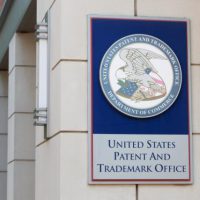

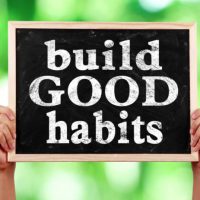
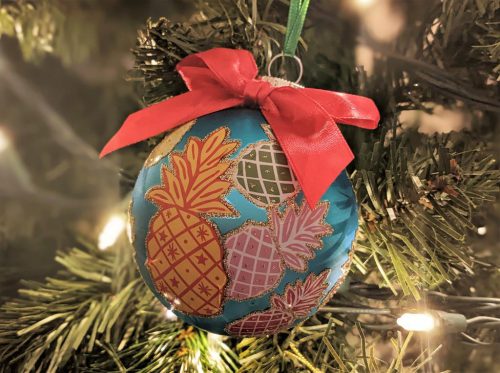
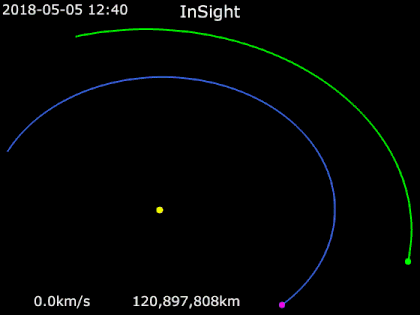
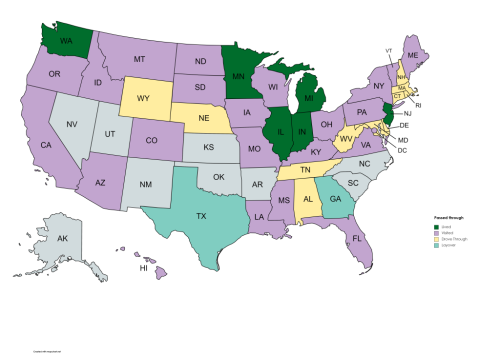
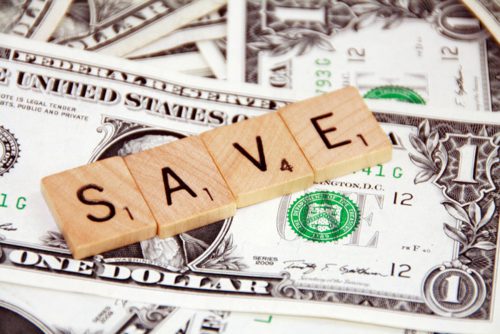

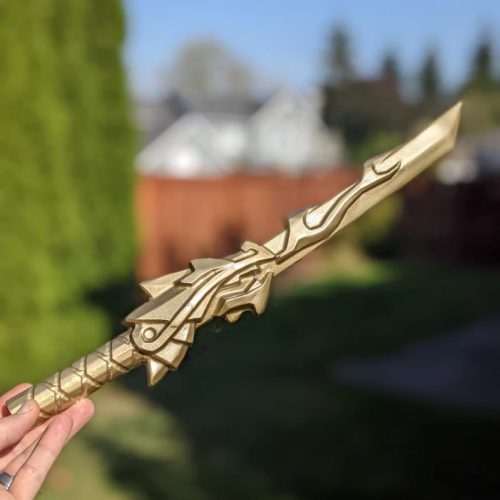
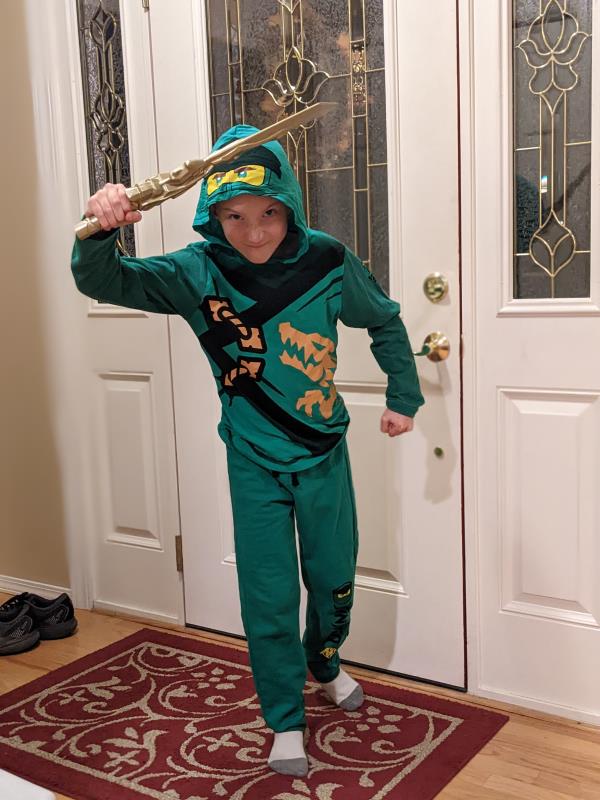
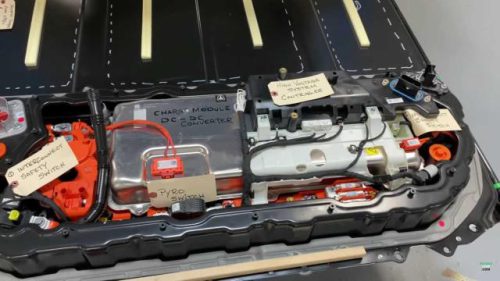
COVID-19 Day 1000
One THOUSAND days of the pandemic. Where are we now?
In my county, somebody is still dying every day from COVID. It’s a big county and I don’t fall into the categories of people likely to die from it (5x more likely to die if you’re not vaccinated and boosted, 23x more likely to die if you’re over 65), but still, I don’t want to be involved in the spread of the virus in any way. It’s still the third leading cause of death (behind cancer and heart disease), and in 2022, we’re going to end up with more COVID deaths than we had in 2021. It will be about the same as Alzheimer’s (#4) and accidents (#5) put together.
All three of us were happy to get the new “bivalent” booster shot. Those shots offer protection against both the original virus that causes COVID-19 and the Omicron variant BA.4 and BA.5. We were pleasantly surprised by how full the appointment schedules were to get one. If you haven’t scheduled yours yet, now is the time! With good habits around keeping up to date with the shots, staying home when we’re sick, and lots of at home testing, we should be able push this farther down the “causes of death” list than #3!
P.S. Wondering if you’re eligible for a booster shot? Check the CDC COVID page and click “Find Out When to Get a Booster.” If you haven’t had the updated booster shot yet and it’s been more than 2 months since your last shot, then the answer is probably yes!
P.P.S. Did you know that most insurances cover 8 at-home test kits per month for free? Just walk into your favorite pharmacy and they’ll get them for you.
P.P.P.S. Consider scheduling a flu shot as well if you haven’t had one yet. We’re in a very bad flu season and it’s ramping up earlier than normal. It’s the worst since 2009 or 2010 depending on whether you use reported cases or hospitalizations, respectively.